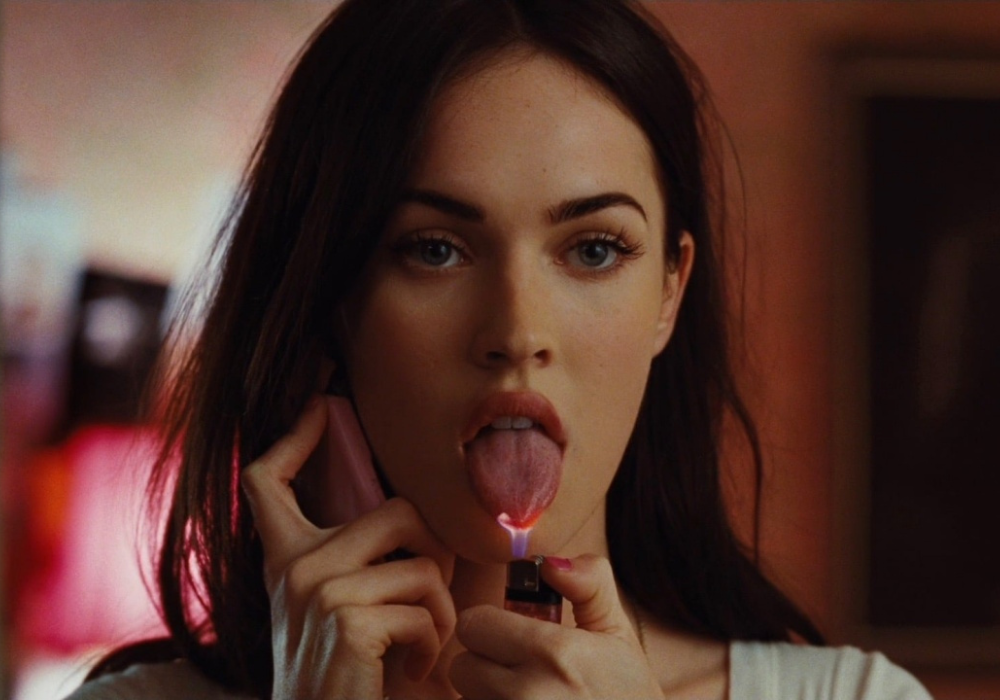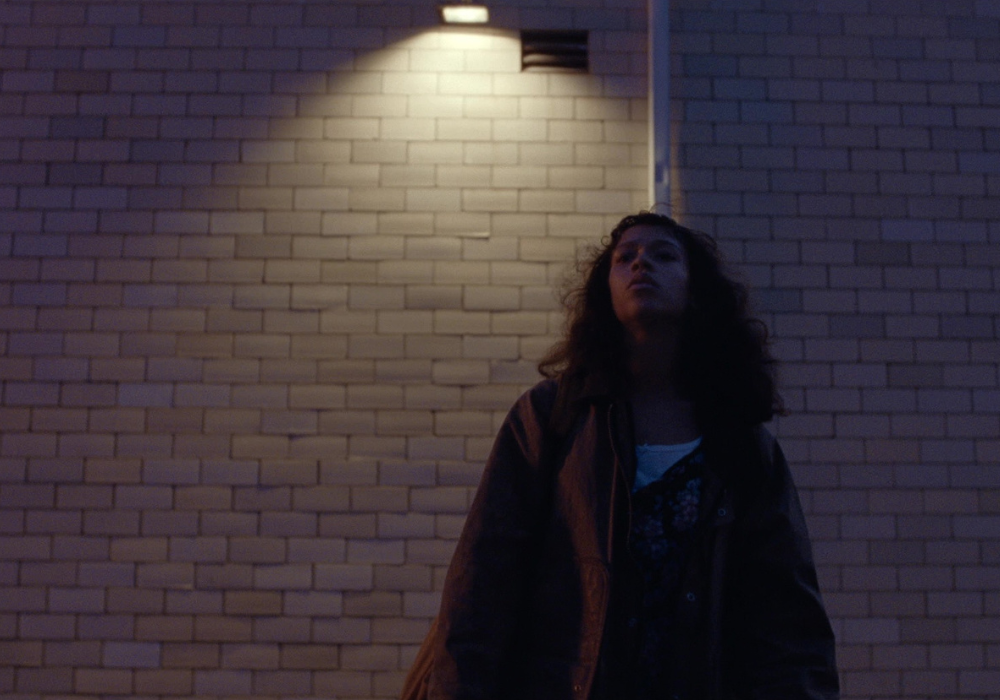
Final Girls, Femme Fatales & the Women of Horror
Horror has always had a complicated relationship with women. For decades, they’ve been the victims, the survivors, the avengers, and the monsters—all at once. But some tropes have stood the test of time, continually evolving alongside shifting cultural attitudes toward female strength, agency, and morality.
From the Final Girl, who fights tooth and nail to survive, to the Femme Fatale, who bends the world to her will, to the Monstrous Woman who refuses to be contained—these characters are more than just archetypes. They’re reflections of what society fears, desires, and expects from women. And horror, being horror, isn’t afraid to explore that in all its blood-soaked glory.
The Final Girl: The Survivor Who Refuses to Die
Coined by film scholar Carol J. Clover in her 1992 book Men, Women, and Chain Saws, the term Final Girl describes the lone female survivor of a horror film—the one who outwits, outlasts, and ultimately takes down the killer.
Classic Final Girls:
- Laurie Strode (Halloween, 1978) – The original. She’s smart, cautious, and doesn’t make dumb horror movie mistakes.
- Nancy Thompson (A Nightmare on Elm Street, 1984) – She doesn’t just survive Freddy Krueger—she actively figures out how to defeat him.
- Sidney Prescott (Scream, 1996) – Genre-savvy and unbreakable, Sidney reinvents the trope over multiple films.
How She’s Evolved: The old-school Final Girl had a strict moral code: no sex, no drinking, no fun—and she lived because of it. But modern horror has moved away from this, giving us Final Girls who are just as flawed and messy as anyone else.
Modern takes:
- Erin Harson (You’re Next, 2011) – A Final Girl who was already a survivalist before the horror started.
- Dani Ardor (Midsommar, 2019) – A slow-burn transformation into something far more unsettling.
- Max Cartwright (The Final Girls, 2015) – A meta deconstruction of the trope that celebrates it while tearing it apart.
The Femme Fatale: The Woman Who Plays by Her Own Rules
While the Final Girl fights for survival, the Femme Fatale refuses to play defence—she takes control, manipulates, and usually leaves a trail of destruction in her wake. She’s the horror genre’s ultimate power move.
Iconic Femme Fatales in Horror:
- Miriam Blaylock (The Hunger, 1983) – A vampire who seduces lovers into eternal damnation.
- Jennifer Check (Jennifer’s Body, 2009) – She’s not just a mean girl—she’s literally eating the boys who objectified her.
- Evelyn Draper (Play Misty for Me, 1971) – The classic obsessive woman trope, but with genuine menace.
How She’s Evolved: Old-school Femme Fatales were always punished—they had too much power, and horror movies love nothing more than to tear down powerful women. But modern takes often flip the script, making them protagonists or, at the very least, letting them get the last laugh.
Modern takes:
- Amy Dunne (Gone Girl, 2014) – Not technically horror, but one of the most terrifying Femme Fatales in recent memory.
- Pearl (Pearl, 2022) – A tragic, horrifying look at a woman trying to escape her circumstances.
- Esther (Orphan: First Kill, 2022) – The master manipulator, but this time, we’re seeing things from her perspective.
The Monstrous Woman: When Female Rage Gets Unleashed
Some horror movies don’t just fear women—they fear what happens when women stop holding back. Enter: the Monstrous Woman, a figure who embodies everything society tries to repress. Whether through supernatural means or pure, unchecked rage, she is the horror genre’s biggest middle finger to expectations of passivity and politeness.
Notable Monstrous Women:
- Carrie White (Carrie, 1976) – The bullied girl who burns it all down.
- Asami Yamazaki (Audition, 1999) – A woman who gives a whole new meaning to “romantic revenge.”
- Samara Morgan (The Ring, 2002) – The ghost girl trope perfected.
Modern takes:
- Nina Sayers (Black Swan, 2010) – A psychological horror take on self-destruction.
- The Babadook (The Babadook, 2014) – Motherhood meets monstrous metaphor.
- M3GAN (M3GAN, 2023) – A horror villain who is both monstrous and completely justified.
The Tragic Witch: The Woman Who Refuses to Be Controlled
Witches have been a horror staple forever, and for good reason—what’s scarier than a woman who knows too much and doesn’t care what society thinks?
Notable Witches in Horror:
- The Witches of Eastwick (The Witches of Eastwick, 1987) – Women discovering power, but manipulated by a demonic force.
- The Blair Witch (The Blair Witch Project, 1999) – A nameless, faceless figure of pure fear.
- Thomasin (The Witch, 2015) – A girl who chooses power over oppression.
Modern takes:
- Willow Rosenberg (Buffy the Vampire Slayer, 1997-2003) – One of TV’s most tragic witch arcs.
- The Sanderson Sisters (Hocus Pocus, 1993) – A comedic but enduring take on the trope.
- The witches in Suspiria (2018) – A reimagined, feminist take on the classic coven.
Why These Tropes Still Matter
Women in horror aren’t just screaming victims anymore. Today’s Final Girls are fighters, Femme Fatales are deadlier than ever, and horror is finally giving space for monstrous, tragic, and powerful female characters.
Horror has always been a reflection of what society fears, and the way it portrays women shows us how those fears are evolving. Whether they’re wielding a knife, embracing the darkness, or rewriting the rules, women in horror have never been more compelling.

